How Long Drugs Stay in Your System

By:
One of the reasons that drug tests are a colossal scam is that not all drugs stay in your system for the same amount of time. In fact, some of the least dangerous drugs such as marijuana can be detected in your urine, blood, and hair for much longer than harder drugs such as heroin and meth — meaning that schools, employers, and law enforcement agencies that drug test disproportionately penalize marijuana users.
In order to illustrate just how disparate drugs interactions can be, here's a breakdown of how long each drug stays in your system.
1. Alcohol
 Wikimedia - wikimedia.org
Wikimedia - wikimedia.org
Urine: Three to five days
Blood: 10 to 12 hours
Hair: Up to 90 days
2. Amphetamines
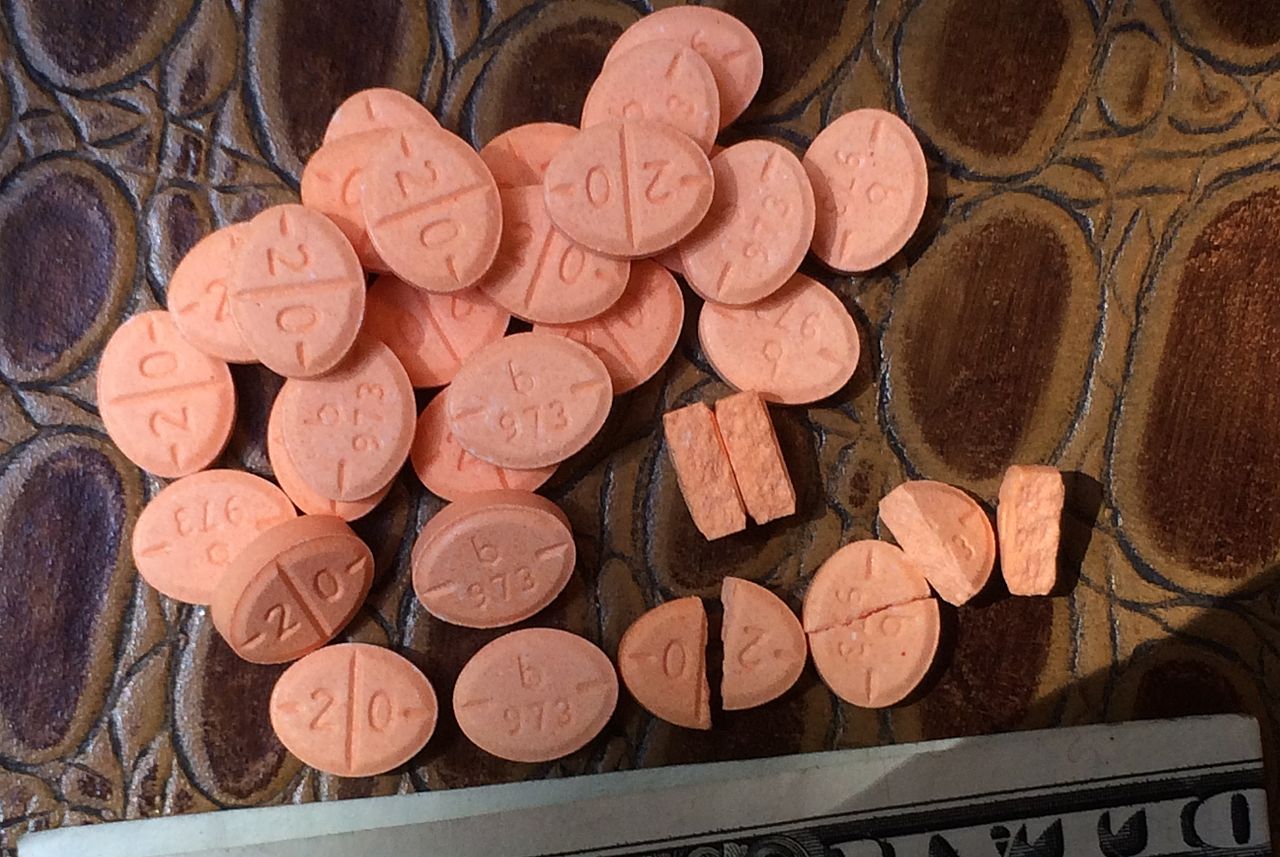 Wikimedia - wikimedia.org
Wikimedia - wikimedia.org
Urine: One to three days
Blood: About 12 hours
Hair: Up to 90 days
3. Barbiturates
 Wikimedia - wikimedia.org
Wikimedia - wikimedia.org
Urine: Two to four days
Blood: One to two days
Hair: Up to 90 days
4. Cannabis
 Tumblr/Ganjuana - ganjuana.com
Tumblr/Ganjuana - ganjuana.com
Urine: Seven to 30 days
Blood: About two weeks
Hair: Up to 90 days
5. Cocaine
 Wikimedia - wikimedia.org
Wikimedia - wikimedia.org
Urine: Three to four days
Blood: One to two days
Hair: Up to 90 days
6. Heroin
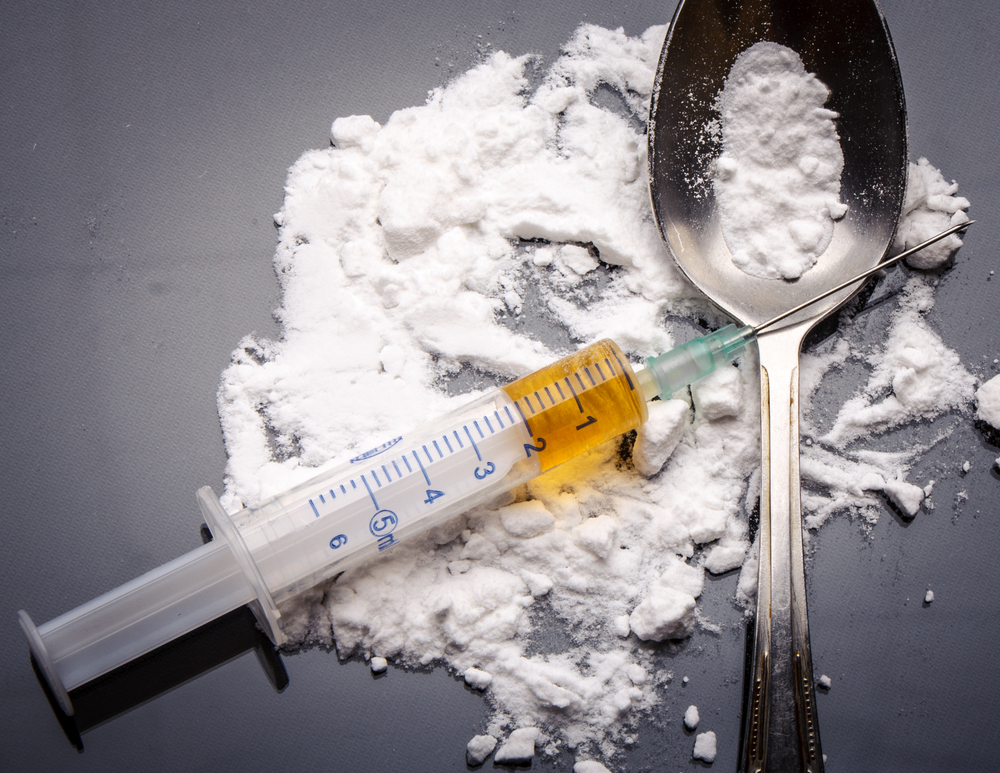 Livescience - livescience.com
Livescience - livescience.com
Urine: Three to four days
Blood: Up to 12 hours
Hair: Up to 90 days
7. LSD
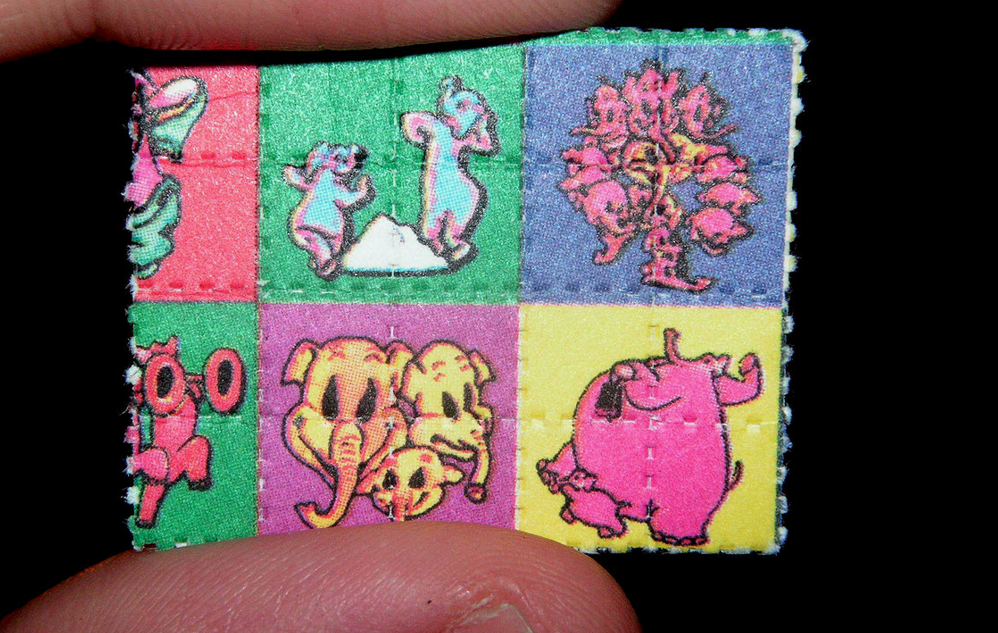 Wikimedia - wikipedia.org
Wikimedia - wikipedia.org
Urine: One to three days
Blood: Two to three hours
Hair: Up to three days
8. MDMA
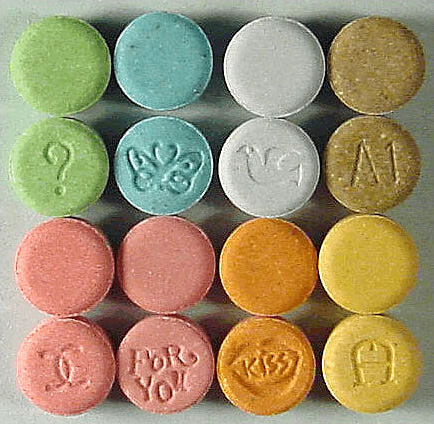 Wikimedia - wikimedia.org
Wikimedia - wikimedia.org
Urine: Three to four days
Blood: One to two days
Hair: Up to 90 days
9. Methamphetamine
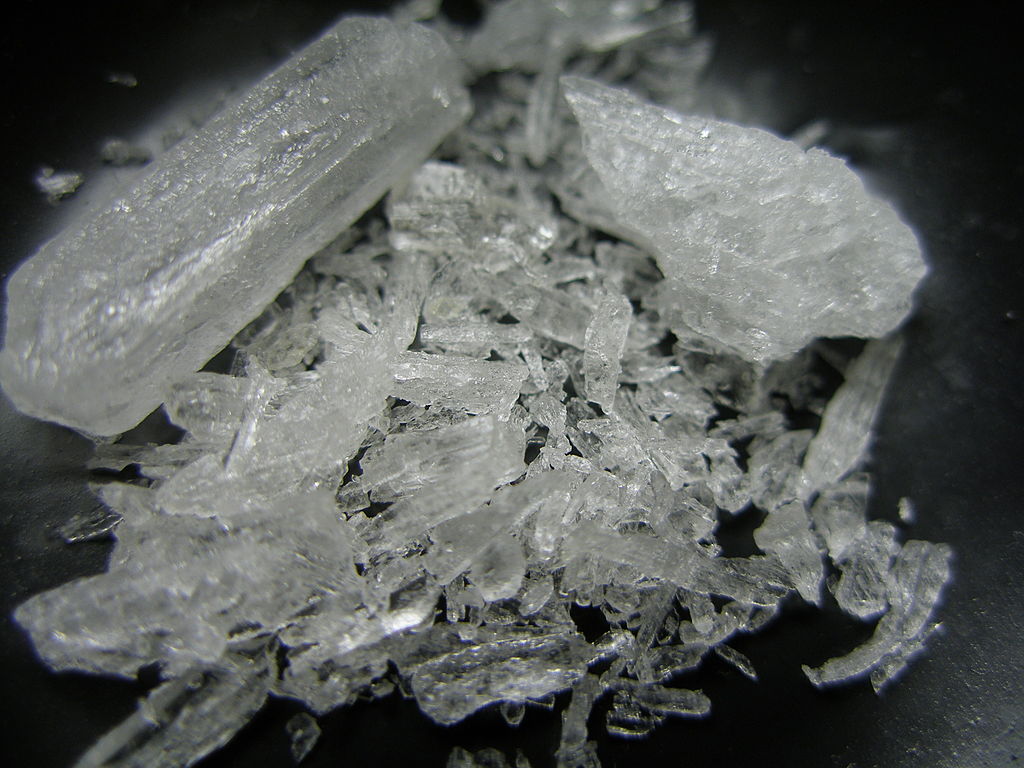 Wikimedia - wikimedia.org
Wikimedia - wikimedia.org
Urine: Three to six days
Blood: 24 to 36 hours
Hair: Up to 90 days
10. Morphine
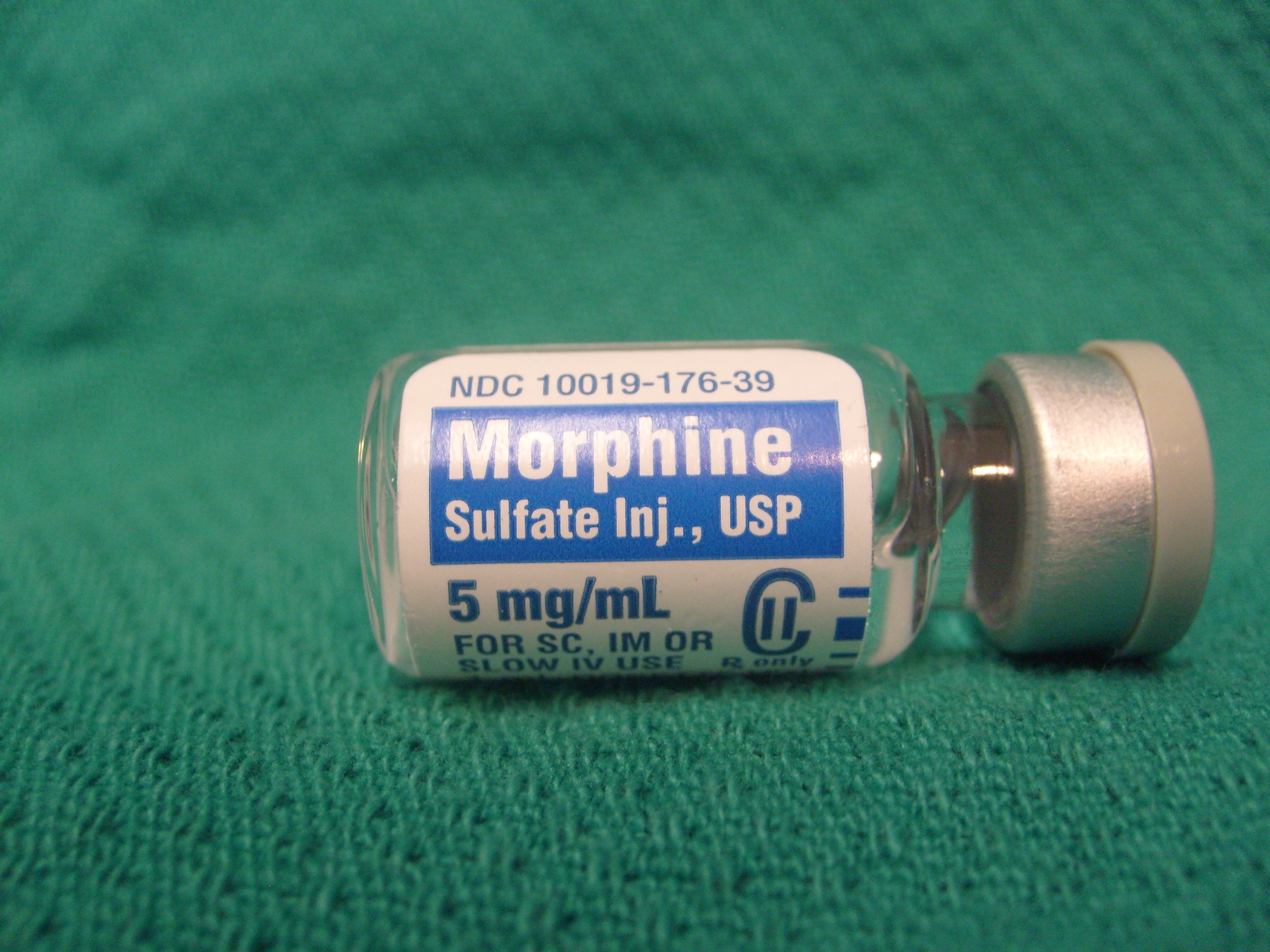
Urine: Two to three days
Blood: Six to eight hours
Hair: Up to 90 days
With the exception of benzodiazepines (e.g. Valium), marijuana has the longest detectability. If you smoke a joint, it can be traced in your urine for seven to 30 days, depending upon your frequency of use and body type. That contrasts starkly with the detectability of more dangerous and addictive drugs, including heroin, meth, and cocaine.
To demonstrate why this contrasts matters, consider the fatal overdose rate.
More than 15,000 people died from drug overdoses involving heroin in 2017, the Centers for Disease Control and Prevention reported; heroin can only be detected in urine for three to four days. More than 16,000 people died from prescription painkiller overdose in 2017; potent painkillers such as morphine have a two to three day lifespan in urine.
Nobody has ever died from a marijuana overdose — but it can stay in your system longer than both of those drugs combined.
